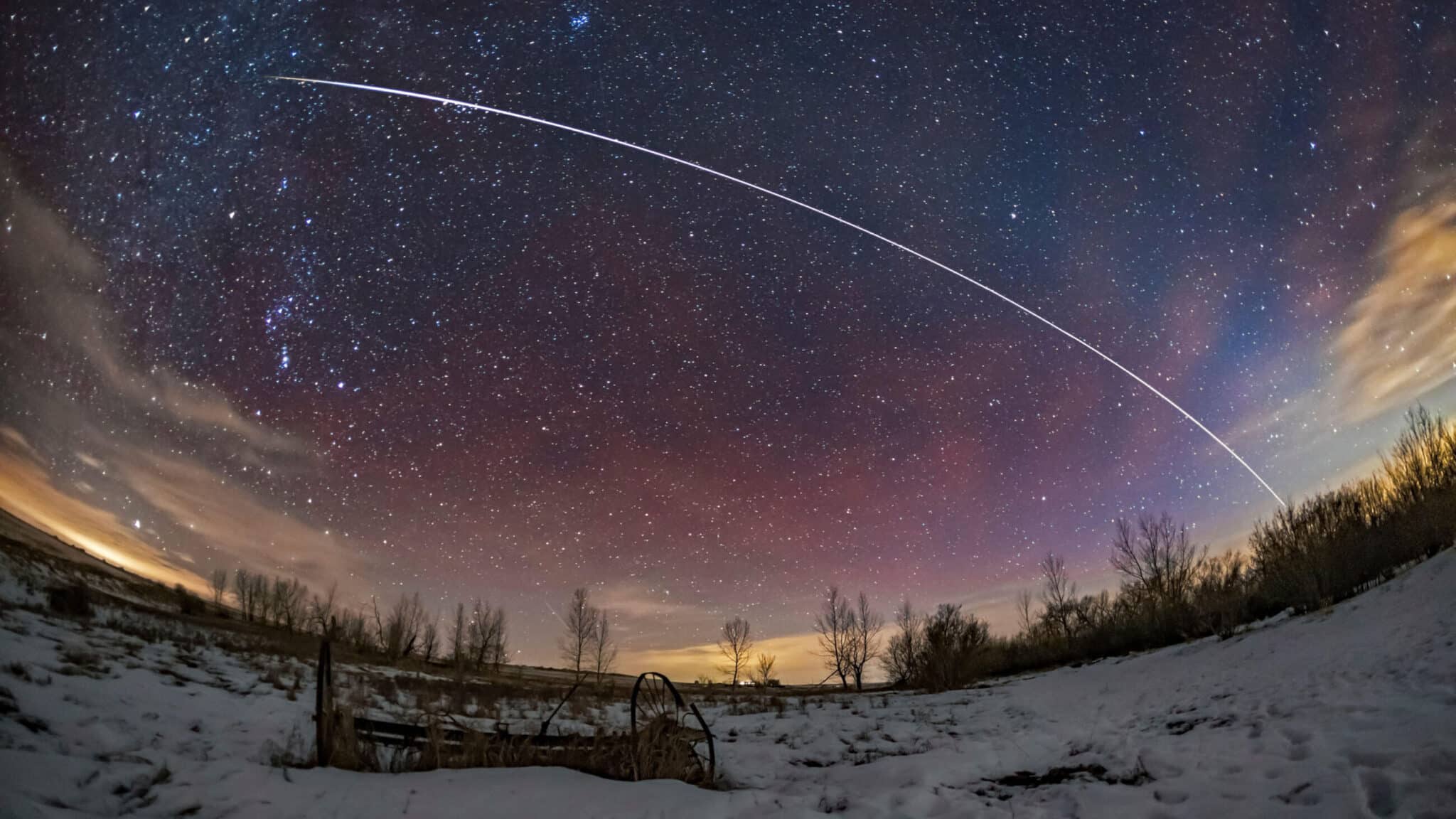A walk in the clouds: green propulsion for a satellite-based technology
Satellites provide valuable data that makes life on Earth not only easier, but also more resource-efficient – for instance, by aiding digitalization or enabling insights into climate change. Increasingly more and increasingly smaller satellites are being launched into space. PROPULSE®, manufactured by Evonik Active Oxygens, is a green alternative to conventional propellants that is kinder to humans and the environment.
The vast expanse of space and the great unknown that is still waiting to be explored arouse desires and capture the imagination. “Be it moon landings, UFOs or high-speed internet and better communication – each one of us associates something with space,” says Anna Kunkel, Senior Marketing Manager for Evonik Active Oxygens’ aerospace business.
Almost 5,000 satellites are orbiting Earth
In marketing PROPULSE®, the business line is supplying highly concentrated hydrogen peroxide (H2O2), which is used to propel space rockets and which will enable navigation of satellites in future.
Manned spaceflight in fact only accounts for a small fraction of what lifts off into space from Earth nowadays. Satellites account for most traffic in space: almost 5,000 of them are currently on active service in orbit. Most satellites are on a low Earth orbit trajectory. This so-called “Low Earth Orbit” (LEO) covers an altitude ranging from 200 to 2,000 kilometers. The International Space Station (ISS), itself a satellite, orbits the Earth at an altitude of 400 kilometers, for example. A dense network of satellites, which communicate with one another relatively close to the Earth’s surface, transmit signals to Earth and provide people worldwide with valuable data.
Valuable data from space makes life more sustainable
It’s not just about the weather forecast, telecommunications, navigation or broadcasting TV programs. The data collected by satellites helps farmers gain insights into the condition of soil and plants. With the aid of such information, they can save water, energy and seeding material, as well as determine optimum sowing and harvesting dates. This enables farmers to make the most of their potential yields as well as farm more efficiently and with less impact on resources. Many other sectors of manufacturing and processing industry are increasingly operating in a data-based, interlinked manner. For example, satellite data is what makes the automated sharing of information by machines feasible in the first place, thus ensuring faster communication and more efficient processes.
Satellite data on variables such as temperature changes, ice distribution at both poles or deforestation processes is also playing a key role in climate research, especially for monitoring and early warning purposes. On the basis of such data, it is possible to assess the extent of climate change and develop adaptive strategies.
Satellites are thus making life on Earth much easier and more efficient. There is a marked trend toward miniaturization, fueled by technological progress and the urge for increasingly faster communication. Increasingly more and increasingly smaller satellites are being launched into space. “The market is very active. By 2030, an estimated 1700 satellites will be launched per annum, compared to just 230 per annum during the last decade,” says Kunkel. “And the situation is evolving at lightning speed. Satellites used to be bigger than cars. Nowadays you can hold a nanosatellite in the palm of your hand.”
PROPULSE® “on the same trajectory as sustainable rocket technology”
Launch vehicles carry these useful “travel companions” into space. Large rockets currently dominate the space market. Yet, as the number of mini satellites increases, so does demand for mini rockets. Small, versatile rockets enable mini satellites to be placed much more accurately in the desired positions in orbit than large ones. Satellites in LEO, i.e. in low orbit, are also easier to replace. “Lifecycles are getting shorter. They are replaced after just one or two years,” says Kunkel. And what happens to satellites that are no longer required? “The decommissioned satellites fly in a very low orbit. The friction effect generates slow deceleration, which makes them descend and eventually burn up in the Earth’s atmosphere,” says the expert.
Launch vehicles require propellants. Hydrogen peroxide is one of them. And a very special one at that: Evonik Active Oxygens’ PROPULSE® was developed specifically for rocket propulsion systems. Unlike conventional propellants, the hydrogen peroxide decomposition process does not generate any substances that are harmful to humans and the natural world, only water and oxygen.
The whole world is focusing on the issues of safety and the environment and demand for alternative propellants is increasing. The market is undergoing a transformation and there is major interest in switching to greener propellants, in order to replace conventional, toxin-based systems.
PROPULSE® is therefore synonymous with so-called green rocketry – environmentally compatible spaceflight. “This propellant enables rocket operators to minimize their environmental impact and to power their rockets sustainably and cost-effectively,” says Kunkel.
Storable, low-toxicity liquid propellants such as hydrogen peroxide are also appealing as they offer substantial technical and commercial benefits. “The great thing about PROPULSE® is that it does not harm the people that come into direct contact with it.” That significantly reduces the cost of any occupational health and safety action that needs to be taken when handling the chemical. In conclusion: “PROPULSE® is efficient, easy to use and globally available – and it is a sustainable trailblazer, paving the way for sustainable rocket technology.”
